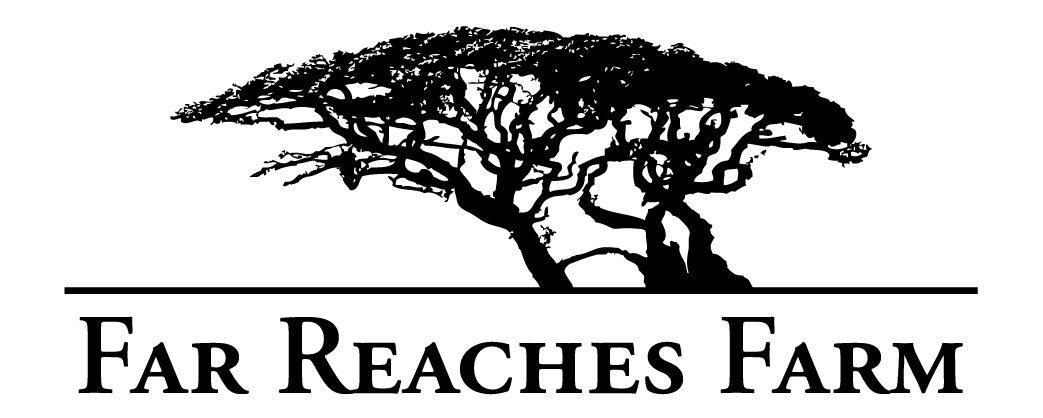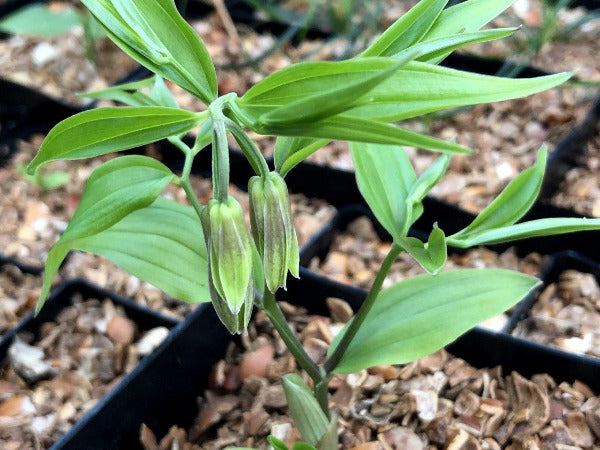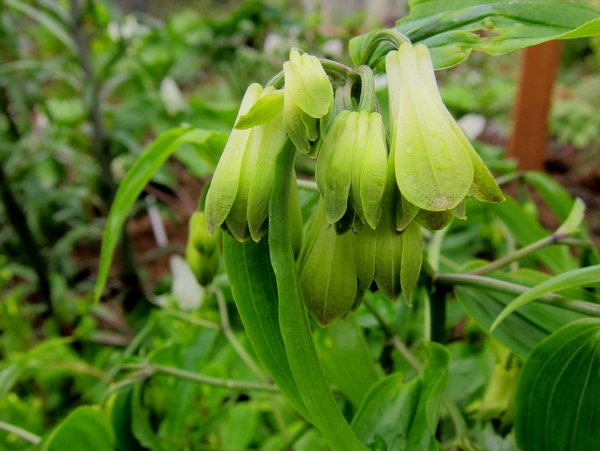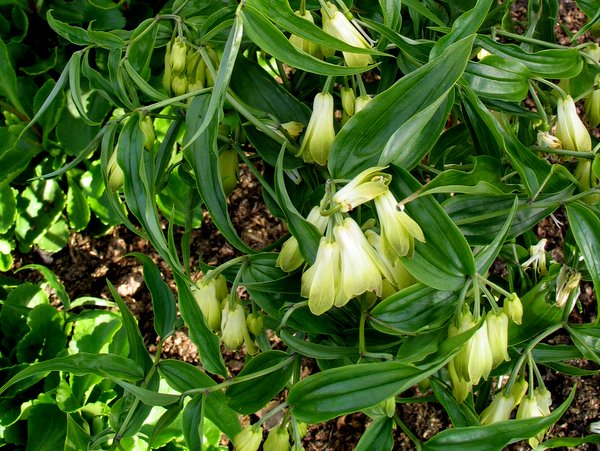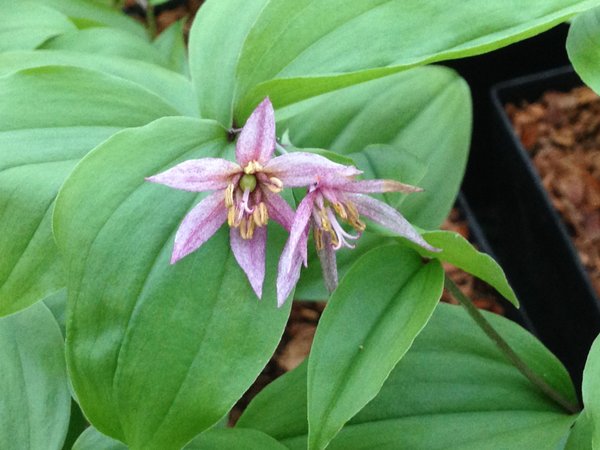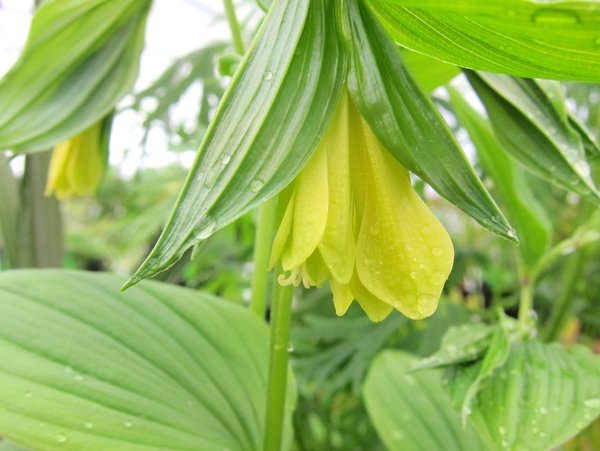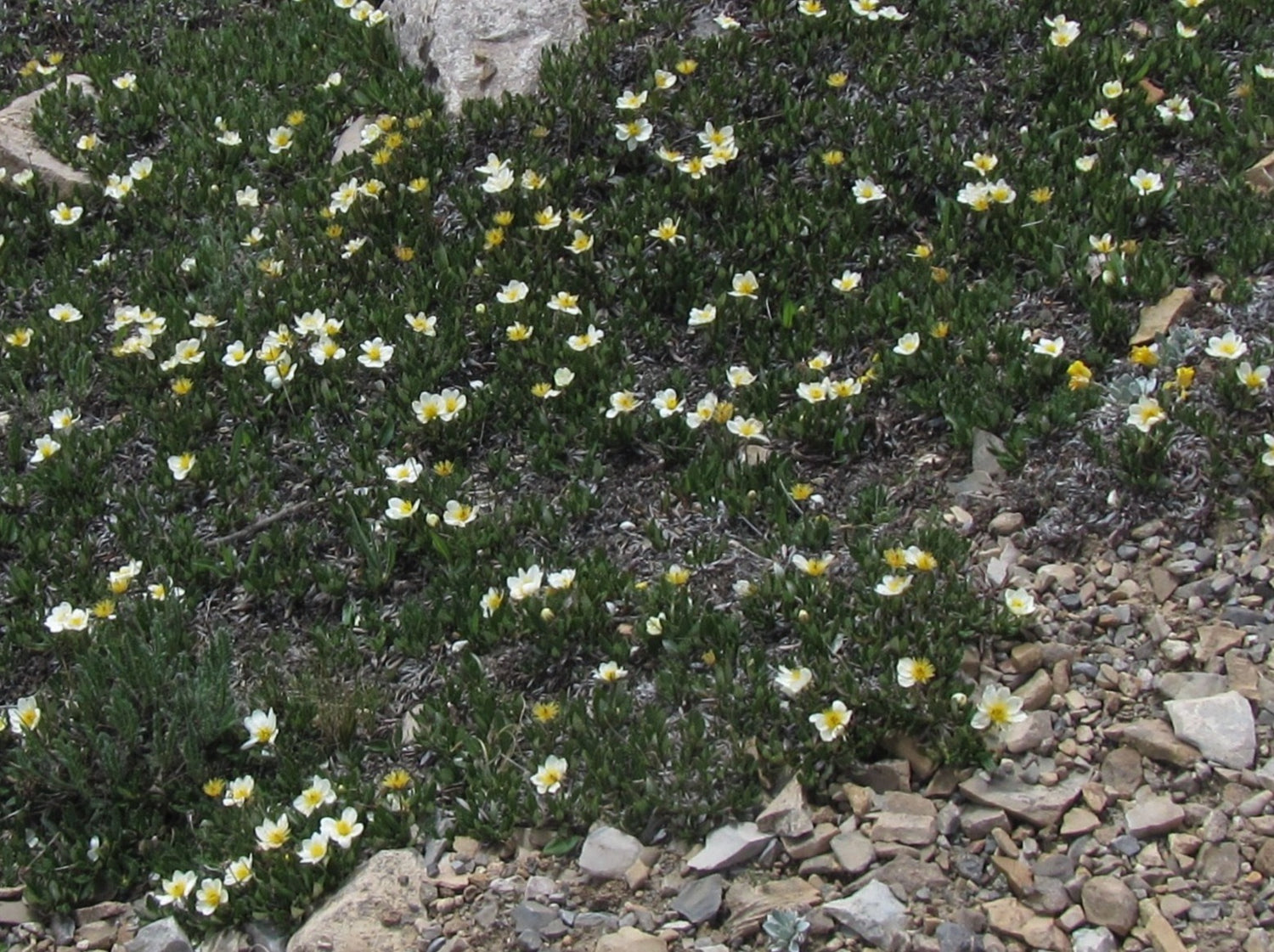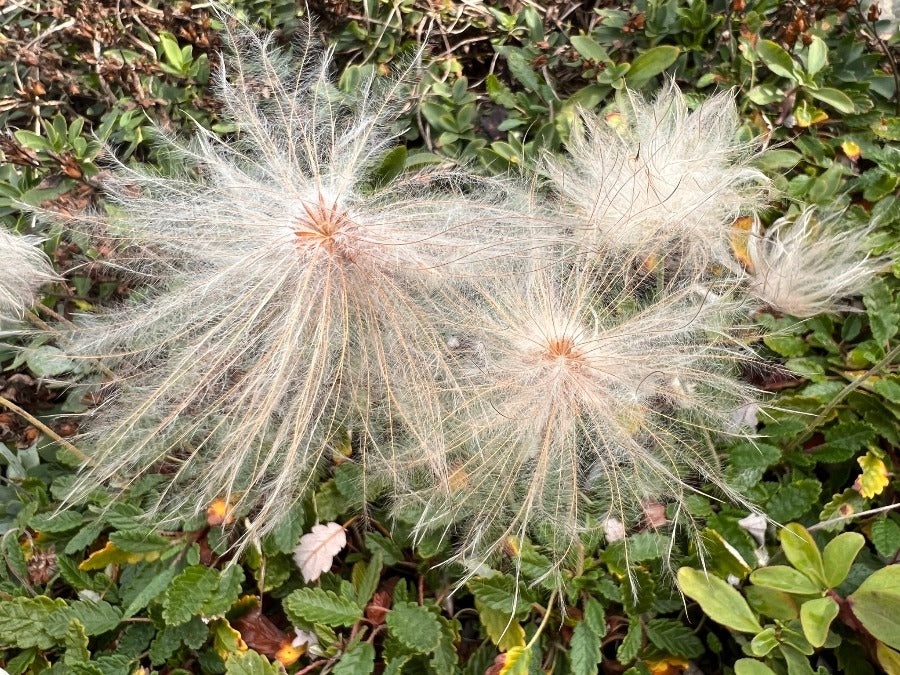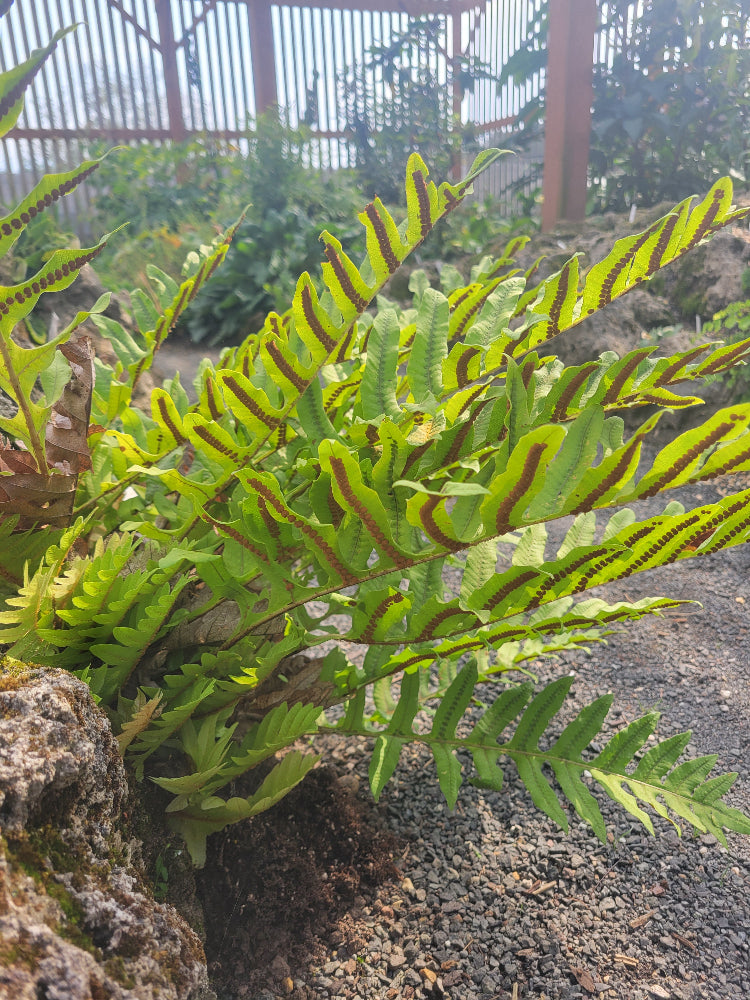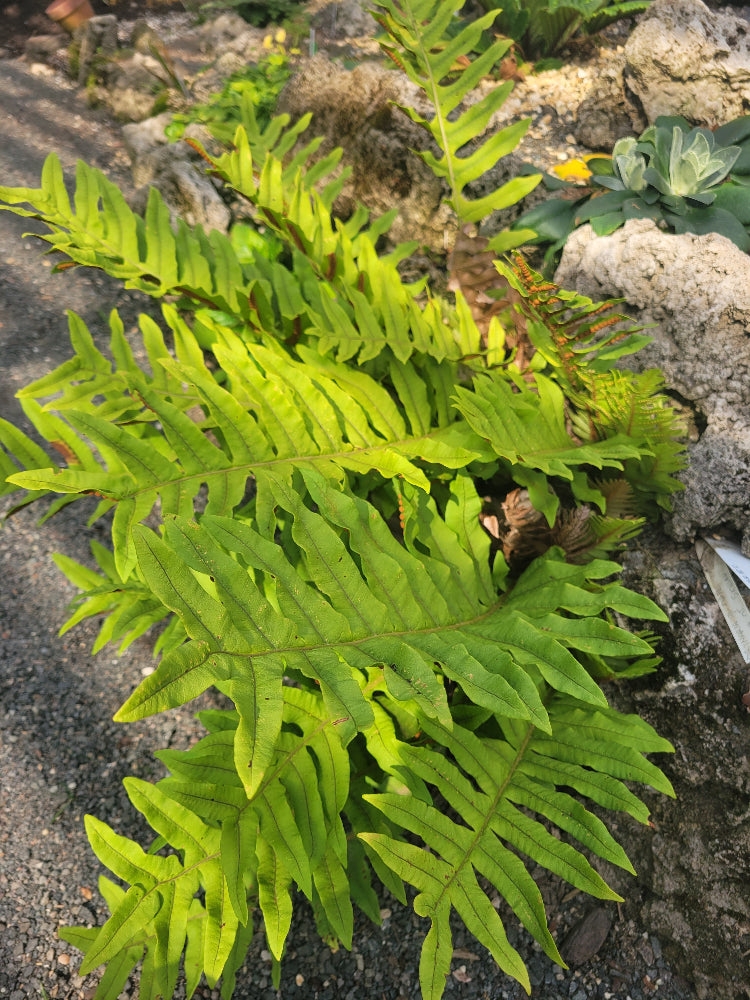Sort by:
1775 products
1775 products
Chatham island endemic, arborescent, Ericaceae. For those who haven't already slammed the add to cart button, these are found only on one small New Zealand coastal island group and boast extremely unique juvenile foliage comparable only to the supreme Dragon Blood Tree (Dracaena draco) from South Africa, thus the heavy metal dragon-leaf name. These spiky tufty columns of leaves eventually develop into trees with a sprawling wind-blown habit and a plethora of blade-like leaves. These are cutting-grown from wild collections made for the Pacific Connections garden project at the Washington Arb. Grows in rich peat or bog areas in habitat so something acidic, loamy and consistently moist should suit it just fine.
Blessed be the zone-pushers who find the members of groups generally thought to be unavailable to those not in the tropics which can manage in our temperate world. Drynaria, or basket ferns are a fascinating group that produces dry, skeletal basal fronds which are designed to collect detritus. This offers them enhanced nutrition usually provided by soil contact, which they often don't have as they grow on tree trunks or rock faces. Unfortunately this can usually only be observed in glasshouses leaving many plant-lovers and even fern fanatics unaware of its wonder. No longer we say! This Chinese species is surely among the hardiest of the genus, with proven survival in the UK and North Carolina. The closest thing you will get to a hardy staghorn, and certainly something you won't find in a friend's garden.
This basket fern was fairly coating the host tree from whence it was collected on the slopes of the ominously named Daheishan or black mountain in Sichuan. This has shown good vigor in pots and has also proved hardy outside in our tufa wall thus far, shockingly good performance for this usually tropical genus! Desirous of good drainage and a bit of room for its chunky rhizomes. The green fertile fronds will go dormant during winter leaving the skeletal sterile basal fronds to collect food for next year.
A Far Reaches Botanical Conservancy
Our collection from Vietnam of this fascinating epiphytic genus. This was growing on a tree trunk on a small limestone ridge populated by a mix of frost-tolerant and frost-intolerant species. The hardiness of this remains to be tested here - maybe a warm zone 8b? - it made it through the admittedly mild first winter here so at least some frost hardiness. Excellent drainage is likely key to improved hardiness and ours is in a tufa wall. Spreads by creeping rhizomes and has dimorphic leaves with persistent basal fronds and fertile foliage fronds though only the latter have been produced on ours thus far.
